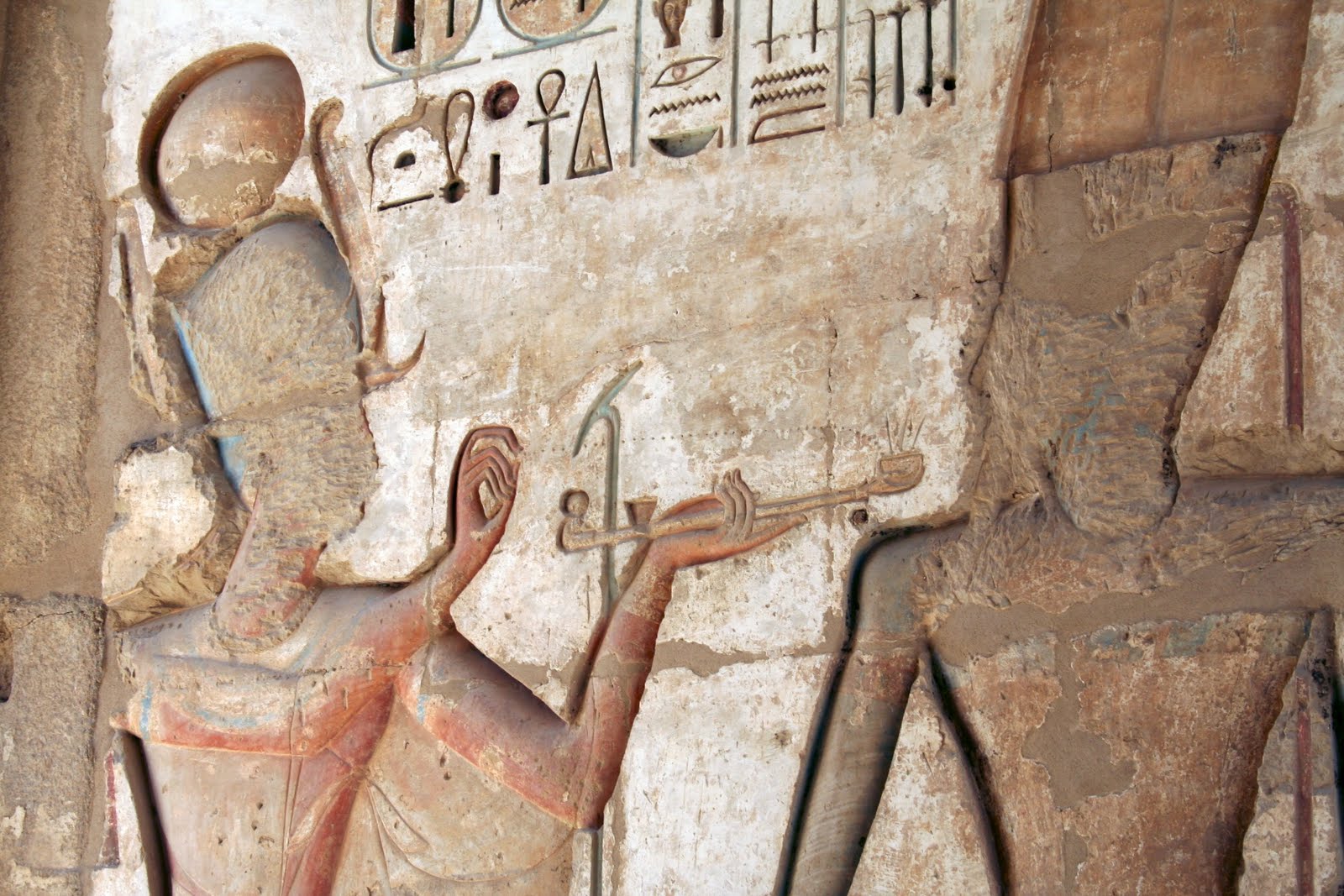It’s Friday: an Egyptian home is with ripe sunlight, the morning catching on furniture and slanting across rooms. Beyond the scene, a call to prayer can be heard – an athan, ceremonial bells falling together, or the gentle worship of slow morning traffic. In that home, an attar burner sits in the corner, a lit and fragrant testament to Egypt’s long history with the sacred liturgy of incense. While commercial sticks of incense can be abundantly found in shops, it is still easy to procure chunks of resin – typically sandalwood, agarwood, amber and musk – in Khan El Khalili and in attar shops. First developed in ancient Egypt, the harmonious, thick scents were intrinsic to divinity, used in the worship of the Gods. Bountiful quantities of resins, and woods were seared daily at temples, each scent an independent vehicle of meaning, ceremony, and purpose. Countless manuscripts have been found delineating the use of incense as the “embodiment of life and an aromatic manifestation of the gods.” It was almost exclusively considered the Fragrance of the Gods, used as offerings to statues and Pharaohs posthumously. Moreover, organic remains of the…



